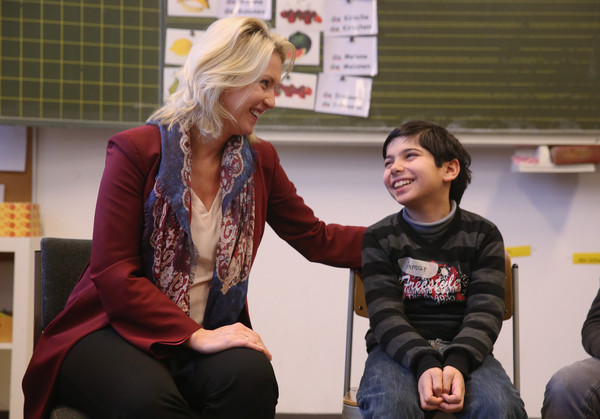How inclusive is education in Europe?
Published:
Education systems in Europe are increasingly diverse. It strives to include all the various needs of its students, from different abilities to different languages, socio-economic backgrounds, ethnicities, genders, etc. While some needs are addressed more than others (special educational needs or disabilities as the main target group versus LGBTIQ+ and religious minority students as the least targeted), the intersectional approach is largely missing in European education. Furthermore, the majority of teachers feel unprepared to manage inclusive classrooms, and inadequate funding to employ support staff still persists across the European region. These are some of the key findings of the Eurydice report on ‘Promoting diversity and inclusion in schools in Europe’, published on 10 October 2023 which echo the conclusions of the ETUCE research on inclusive schools from 2021.
The Eurydice report investigates existing national policies and measures that promote diversity and inclusion in school education. Target learners are most likely to experience disadvantage and discrimination in schools, including girls/boys, students from different migrant, ethnic, and religious backgrounds, LGBTIQ+ students, and students with special educational needs or disabilities. The report provides a comparative overview of policies and measures across 39 European education systems and provides many country examples.
The report supports the concerns expressed by ETUCE in its campaign on the Attractiveness of the Teaching Profession: evidence shows a lack of diversity within the teacher workforce. Nevertheless, only eight European education systems have top-level policies or measures promoting the recruitment of teachers from diverse backgrounds to schools. Where such measures exist, they encourage mainly the recruitment of teachers with disabilities or those from migrant backgrounds. ETUCE has been calling for a recruitment policy that seeks to attract a teaching body that reflects a full spectrum of society.
Many countries in the European region also work on strengthening the inclusion of diversity in their curricula: nearly half of them report recent curriculum revisions aiming to reinforce these dimensions. At the moment, half of the education systems do not specifically target any group of learners when addressing diversity and inclusion in their curricula. The study conclusions also recommend investigating the barriers to teachers' participation in training programmes on inclusion education, as its rates across Europe can be low. For example, only 20 % of teachers in the region have participated in CPD on teaching in multicultural or multilingual settings, and many are concerned about their lack of training and preparation in managing an inclusive classroom.
ETUCE welcomes the findings of Eurydice and invites its members to use this data to lobby for free of charge initial and continuous teacher training on inclusive education which equips teachers, academics, and other education personnel with the relevant and updated skills and competences for managing a diverse classroom and promoting mutual respect and intercultural dialogue.
Other key actions for more inclusive education can be found in the ETUCE Action Plan on Equality, Diversity, and Inclusion.